The story of the Great Camps of the Adirondacks is often told in relation to men: the men who built them, bought, and sold them. One story frequently told is that of W.W. Durant, who built the first Great Camps in the Adirondacks, several of which still stand today. Durant built Great Camp Sagamore, Camp Uncas, and others. He pioneered what is known as the Great Camp style and his legacy and telling his story in relation to the Adirondacks is important. But this story is not about him. Rather, in honor of International Women's Day, and the generations of women who have been a part of Adirondack history in ways large and small, this story is about three of the women who lived in, cared for, and deeply loved two classic Adirondack Great Camps, women who deserve a bit more attention not just one day, but all year long.
Margaret Emerson Vanderbilt
If there is a matriarch of Great Camps, it has to be Margaret Emerson Vanderbilt. She was not the first mistress of Great Camp Sagamore, but she was by far the most instrumental in maintaining the camp. Margaret loved Sagamore deeply and it is her role as owner of the camp that helped it become what it is today.
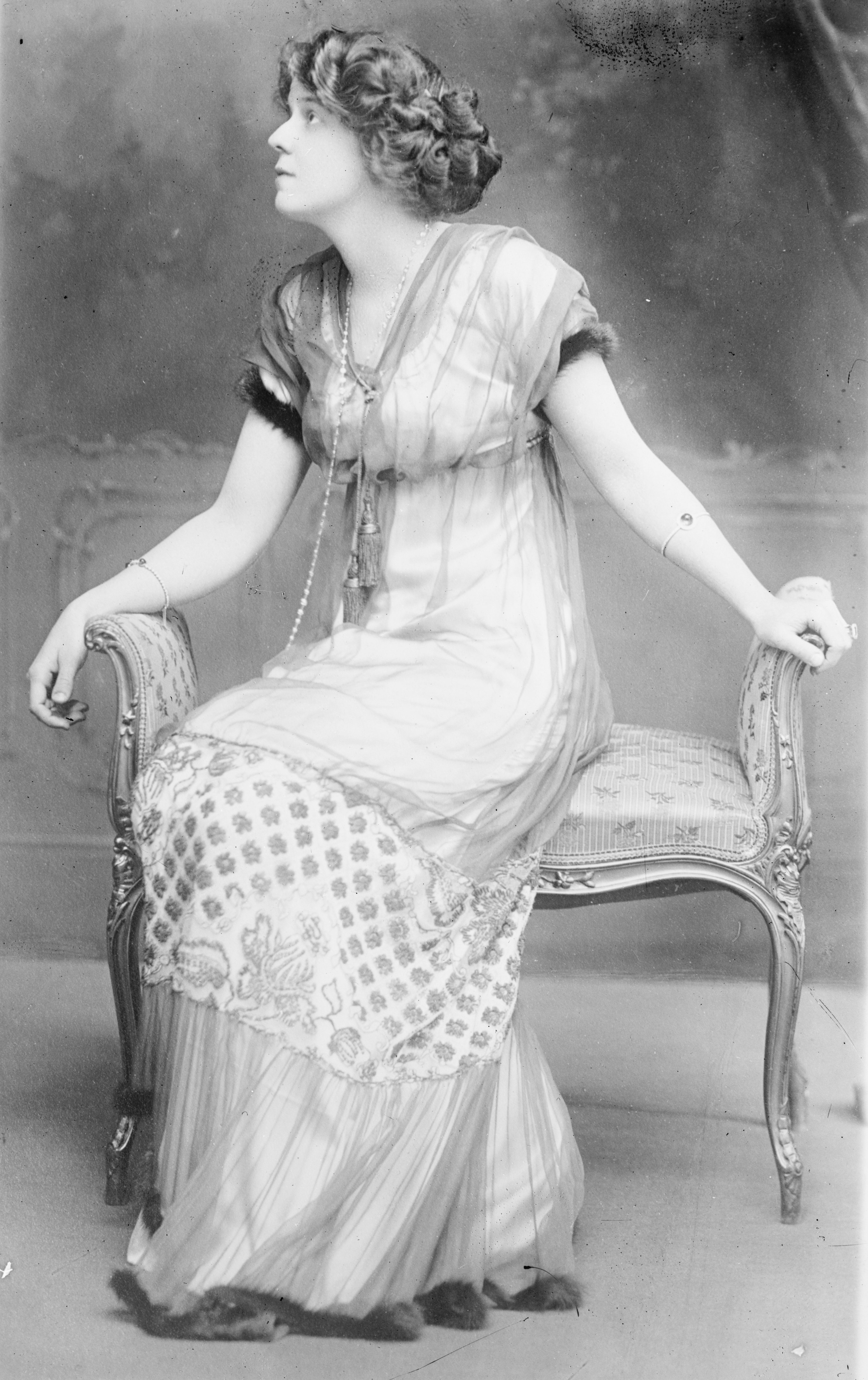
Margaret Emerson was born in 1884 in Baltimore, Maryland, the daughter of the inventor of Bromo-Seltzer, making her a very wealthy heiress and desirable bride. She was glamorous, intelligent, and beautiful. Margaret had a brief, unhappy first marriage that ended in divorce, but in 1911 she married the handsome railroad magnate and wealthiest man in America, Alfred Gwynne Vanderbilt. Vanderbilt oversaw luxurious hotels, numerous railroads, loved travel, and was a keen sportsman. Among the railroads Vanderbilt either owned or directed were the massive New York Central system, Fulton Chain Railway Company, and the Raquette Lake Railway Company. The Raquette Lake Railway provided rail service between Clearwater (near Thendara) and Raquette Lake, with stops in between and the opportunity to continue onward to Blue Mountain and Eagle lakes. It's a beautiful area and one the Vanderbilt family would come to know very well.
Ten years before he married Margaret, Vanderbilt purchased what is now Great Camp Sagamore from W. W. Durant, beginning a remarkable period of time for the camp, which sits on Sagamore Lake, several miles from Raquette Lake. It was, and still is, peacefully isolated from the rest of the world, with a main lodge and dining hall close to the shore and a complex of workshops, barn, and staff quarters just over a small hill. In the short period of time after their marriage, the Vanderbilts added a number of useful features to Sagamore, including hot and cold running water, telephone, electricity, and a sewage system. Elements of fun were added, as well, including an open-air bowling alley, tennis court, and croquet lawn. By all accounts, Margaret took to being the lady of Sagamore with a great deal of enthusiasm, engaging in all elements of running the camp. She loved outdoor adventures and was always keen to spend time at Sagamore. It was the Vanderbilt family's summer getaway, where they hosted friends, family, and celebrities on vacations that included hunting, fishing, lavish dinners on custom china, and boating. Margaret enjoyed fishing and was known as a "crack shot." Years later, Margaret's grandson would remark that she was a “charming, gracious, and elegant hostess" with a cheerful, welcoming nature.
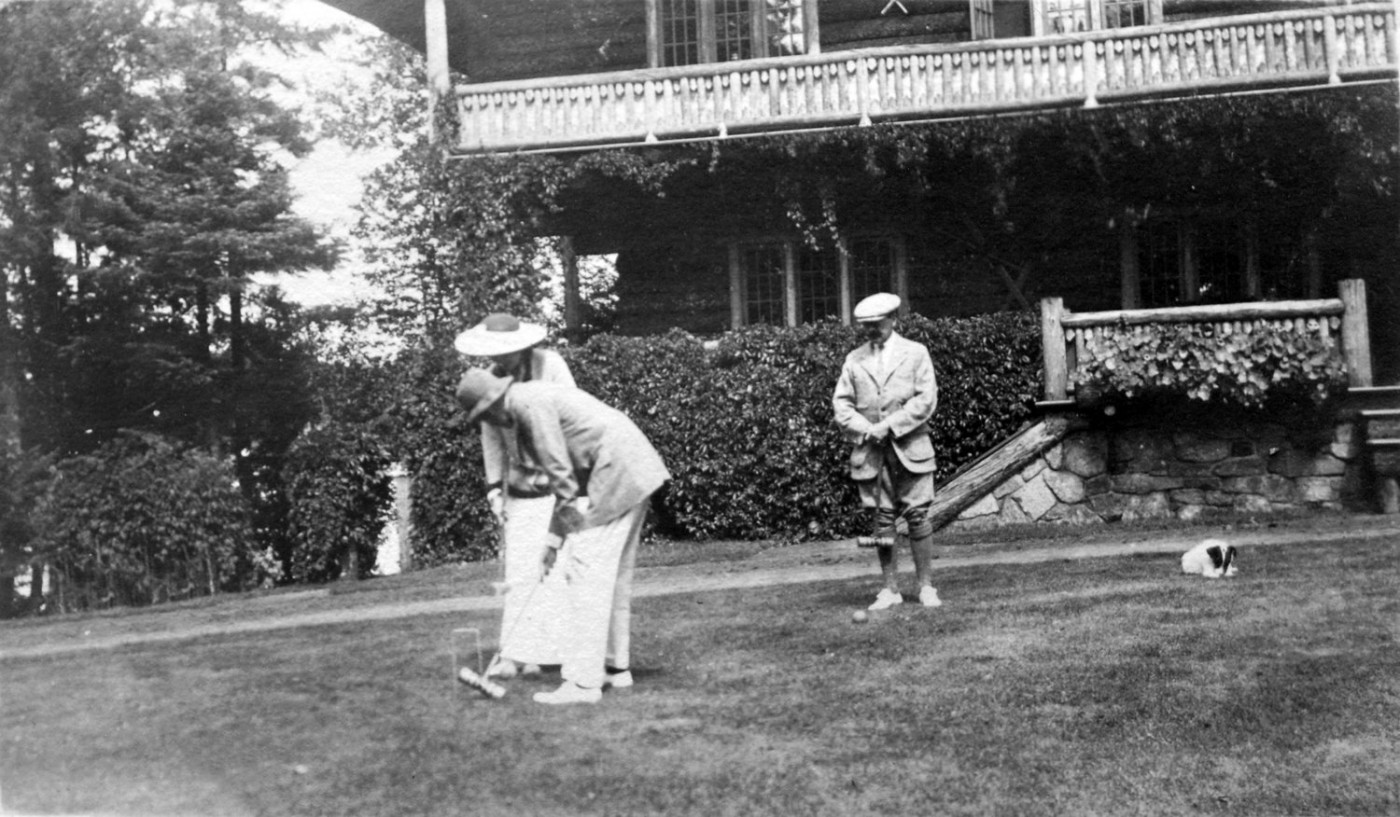
After only four years of marriage, and the birth of two children, tragedy struck the Vanderbilts. In 1915, Alfred was traveling to Europe aboard the ocean liner Lusitania. On May 7, the Lusitania was struck by a torpedo from a German U-boat and sank rapidly. Alfred was one of the 1,198 passengers and crew members who died. Many friends and family expected, or would not have been surprised if Margaret, a widow at 31 and mother to two young children, sold Sagamore. Instead, she continued to travel to Sagamore, bringing friends, her children — and later, grandchildren — to her adored Adirondack retreat. Margaret was a knowledgeable and engaged owner, working with the year-round caretakers. Margaret was known to ride around the property with the caretaker, discussing all aspects of work that needed to be done, or potential changes. When she had the dining room expanded, she simply drew her concept in the dirt with a stick. That expansion included a beautiful bay window, offering diners a stunning, broad view of Sagamore Lake that is still enjoyed and treasured today.
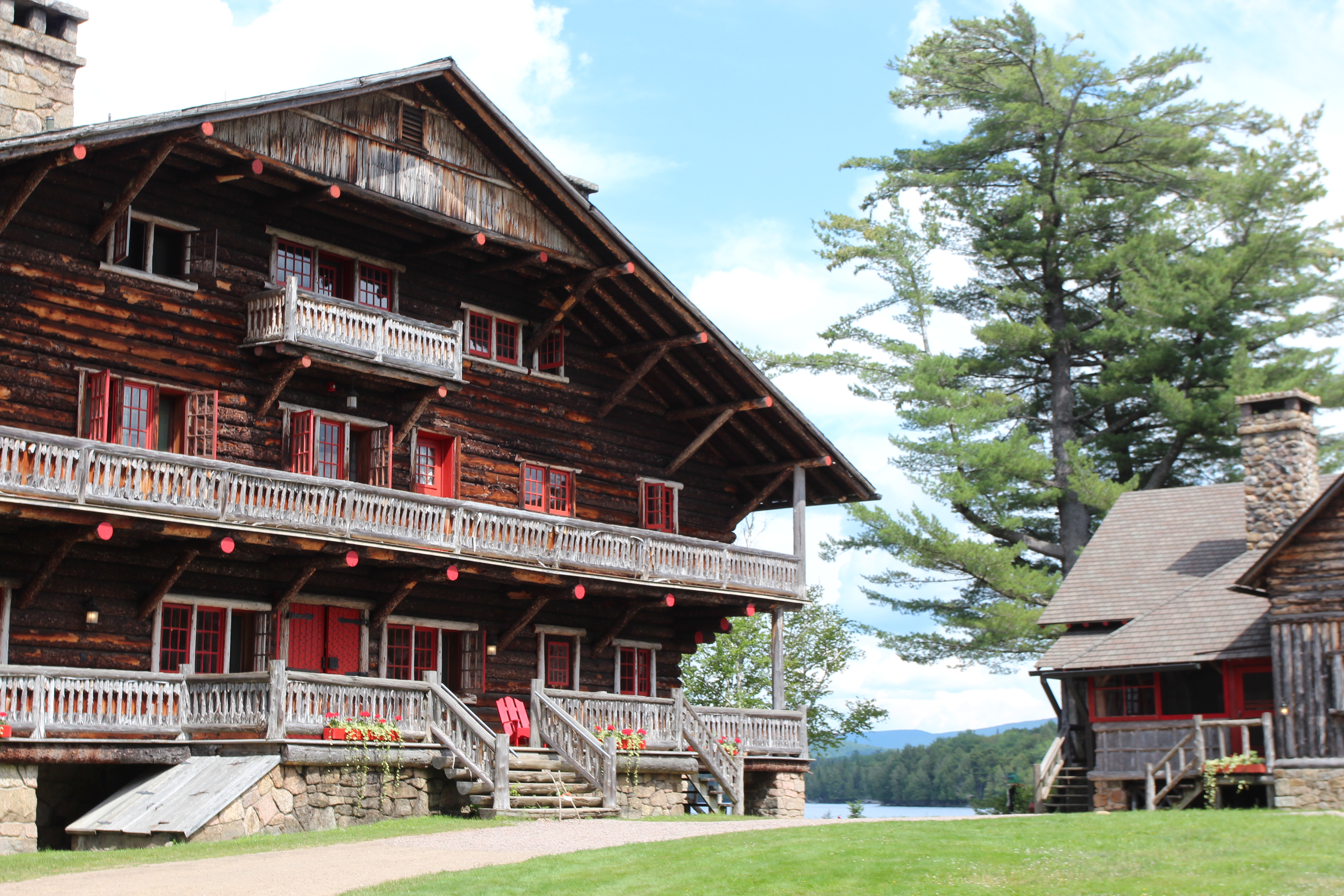
For thirty-nine years, Margaret Emerson Vanderbilt would continue to enjoy time at Sagamore, hosting parties, and savoring the wildness of the Adirondacks. As her children grew, Margaret had individual cabins built for them to enjoy. Margaret stepped away from Sagamore in 1954, at a time when she felt her children were less interested in carrying on the legacy of the camp, which had also been hard-hit by a winter storm. The camp was ready for the next generation of stewards. Eventually, to save the camp from being torn down, a non-profit organization was created to maintain the camp, share it's history, and be used as a center for educational experiences. Today, Sagamore is open in the summer for daily tours and fantastic overnight experiences, from the do-what-you-like Simply Sagamore weekends to themed celebrations of Adirondack music, crafts, and history. If you visit Sagamore, think of Margaret, who loved the Adirondacks, the camp, its staff, and spending time with her loved ones there.
Margaret Collins
Unlike the cosmopolitan Margaret Vanderbilt, Margaret Collins was a local girl, born and raised in the southern Adirondack town of Chestertown. She was born there July 4, 1868. She married Richard Collins of North Creek in 1901 and began as caretakers for Sagamore the next year, shortly after Alfred Vanderbilt purchased the camp from Durant.
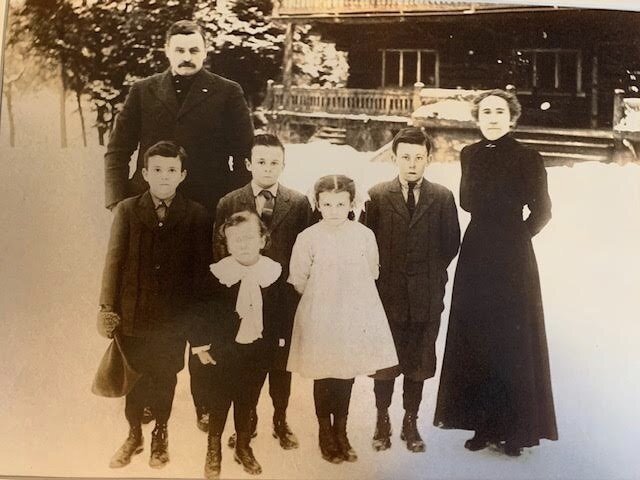
The Collins’ played a great role in the running of the camp, alongside the Vanderbilt’s personal secretary, as well as the Vanderbilts themselves. Margaret had what was essentially a role equal to that of her husband. Among other responsibilities, she managed the kitchen, housekeeping staff, even the extra staff that would travel with guests of the Vanderbilts. Margaret Collins and Margaret Vanderbilt worked together directly on many elements of running and maintaining the camp, particularly updating the furnishings. At that time, many women in Margaret Collins' position would not have enjoyed such a familiar working relationship with their employer. The fact that they worked together demonstrates Mrs. Vanderbilt's trust in Margaret's judgement and abilities.
Because the families of caretakers at nearby Camp Uncas (the camp of John Pierpont Morgan) and Kill Kare were related to the Collins', the families would gather frequently. The Sagamore paint shop was the site of several square dances and it is said that the families enjoyed bowling parties on the lanes before they were due to be refinished. For the Collins', Sagamore was not simply a workplace, it was home. They raised their five children there, educated them, and played a role in the community of Raquette Lake. Both Richard and Margaret were involved in the creation of the Raquette Lake Library and Margaret served on the library's board. The Collins' purchased Duryea Camp on Blue Mountain Lake in 1922, but stayed on at Sagamore until 1924, when they established The Hedges Hotel at the Duryea Camp. The Hedges is still a much beloved Adirondack hotel, long known for the excellent hospitality that the Collins' offered.
Lila Vanderbilt Webb
Tucked away at the end of a rather rugged dirt road lies a pretty, quiet, and now undeveloped lake: Lake Lila. The lake is popular with paddlers, birders, and hikers and is owned by the state of New York. In the late 19th and early 20th century, however, Lake Lila was the private Adirondack retreat of a wealthy family based in New York City, the family of Dr. William Seward Webb and his wife, Eliza "Lila" Vanderbilt. Lila was the aunt of Alfred G. Vanderbilt, owner of Great Camp Sagamore. Alfred was the son of Lila's brother, Cornelius.
Like Alfred some years later, Lila Vanderbilt grew up in a world of extraordinary luxury and wealth. Her father, like many other Vanderbilts, was a railroad titan and was, for several years, the wealthiest man in the nation. The Vanderbilt mansion on New York City's 5th Avenue was more than a block long and filled with art, including stained glass, mosaics, and even hand-carved woodwork inlaid with mother of pearl. Lila was raised in a very elite world, yet she was apparently quite unspoiled and caring, a woman who loved to read, and was a talented and creative writer. Some of her happiest times would take place in more relaxed circumstances than her father's "Triple Palace."
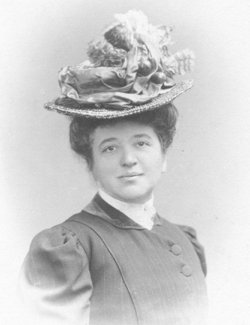
In 1877, Lila met William Seward Webb at a dance and the pair married in 1881. As a wedding gift, Lila's father gave the couple their own mansion in the neighborhood cheekily referred to by New Yorkers as "Vanderbilt Alley." William Seward Webb was originally a physician, but soon found himself drawn into the Vanderbilt family's world of finance and railroads, eventually becoming president of the St. Lawrence & Adirondack Railroad and the Mohawk and Malone Railway. It was during the construction of the Mohawk and Malone Railway that Webb purchased Smith's Lake, named it for his wife, and built Nehasane.
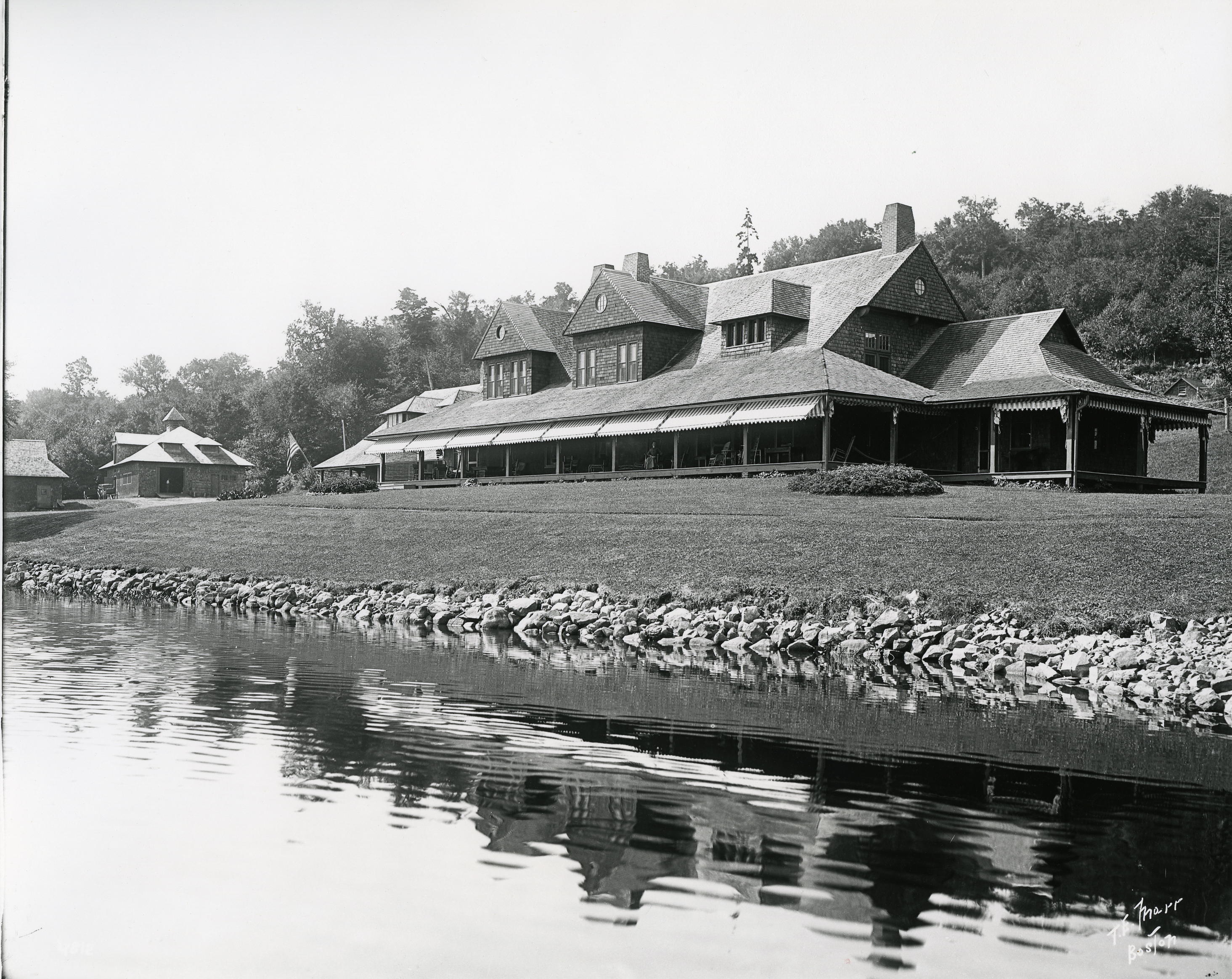
By any standards, Nehasane was enormous. Comprised of a main lodge and numerous outbuildings, the camp would eventually comprise more than eighty structures. Famously, the camp even its own private railroad station. Despite the immense size, Nehasane was a welcomed retreat from city life for Dr. Webb and Lila. There, the Webbs enjoyed hunting, fishing, boating, picnicking, horseback riding (Dr. Webb loved carriage driving and Lila was usually right there with him), swimming, and simply savoring the fresh air. At this time, families like the Webbs did not simply visit their summer residence for a weekend. They lived there for extended periods, carrying on their day to day routines in Adirondack style. Despite a cosmopolitan life and Dr. Webb's extensive business commitments, the Webbs thoroughly enjoyed life in the countryside; they also built a 100-room home and model farm in Shelburne, Vermont, which is now known as Shelburne Farms (the home is now a historic inn with a farm-to-table restaurant). Lila had, in fact, spent time on a family farm on Long Island as a child, which may have influenced her love of the outdoors.
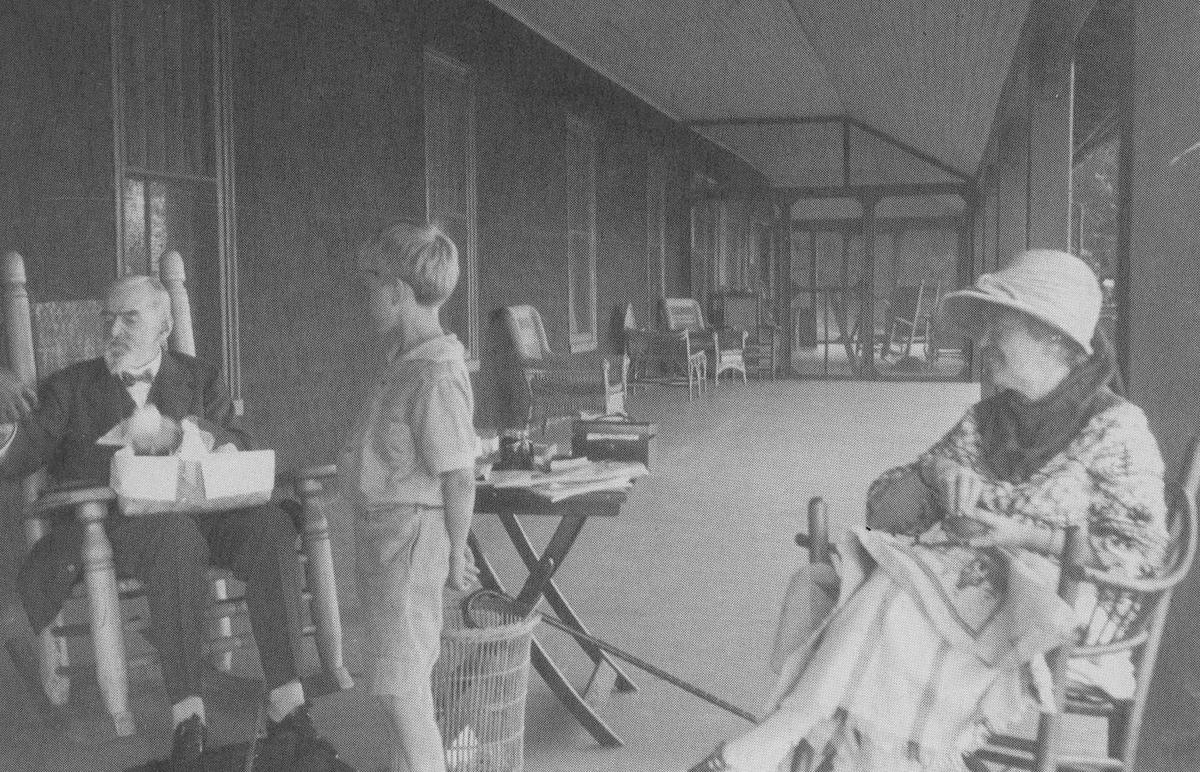
At Nehasane, Lila could escape the almost-excessive splendor that made up so much of other Vanderbilt family homes. Many of the interiors at Nehasane were crafted of simple beadboard painted white. The home was more in the style of a typical upper-class country home than the Adirondack fashions of Durant which focused on extensive log and bark decoration. Regardless, Nehasane was large and comfortable. Photos from throughout Lila's life there show her dressed relatively simply and comfortably, whether astride on a horse or on a walk through the woods with family. One photo, in the collection of the Adirondack Experience, the Museum at Blue Mountain Lake, shows a young Lila standing atop an overturned boat on the shore of Lake Lila. Dressed in typical clothes of the time, including a closed parasol, she nonetheless appears to be game for fun.
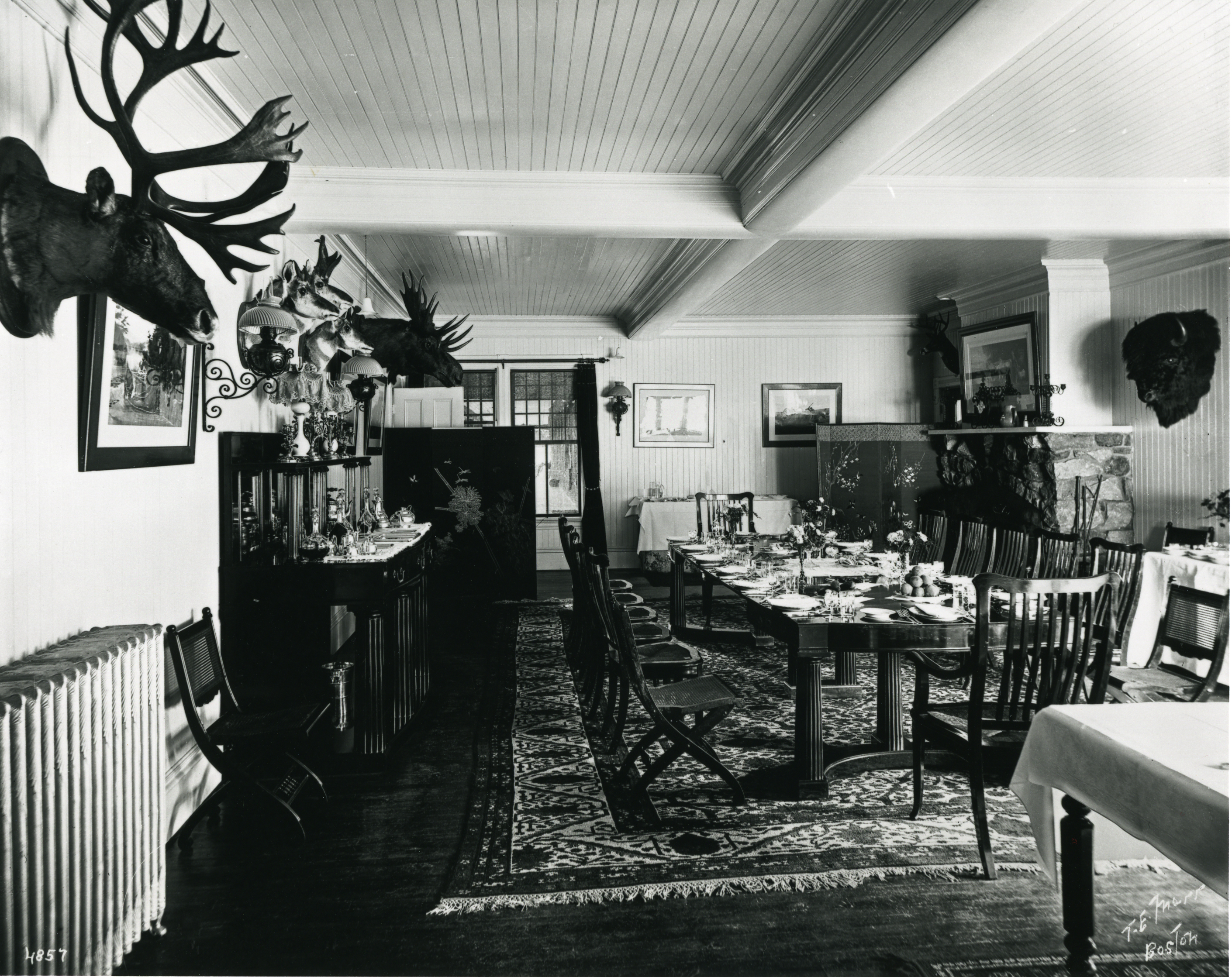

Nehasane no longer stands, but visitors may enjoy the rugged wilderness that the Webb family so loved. No longer private, Lake Lila is open to visitors, who are free to paddle the lake, enjoy one of the free backcountry camping sites, or hike to the summit of Frederica Mountain, named for the Webb's eldest child. Like her mother, Frederica grew up around great wealth, but also around a love and appreciation for the Adirondacks.
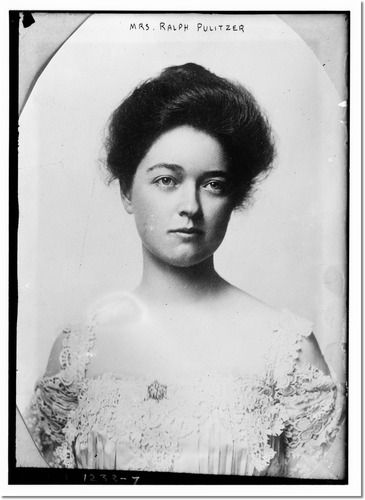
Of all the monuments to the families of the Great Camp era, Frederica Mountain is surely destined to endure the longest. The mountain rises to a height of 2,170 feet and the summit is reached by a one-way trail that begins at the Lake Lila parking area and follows the shoreline before ascending (the total mileage round trip is 8.8 miles). From the summit, visitors can enjoy views of Lake Lila and Adirondack peaks to the east. Like the original Frederica, it's a beautiful place and a wonderful spot to explore the Adirondacks and reflect on the stories of the extraordinary, wonderfully unique women who have long loved the Adirondacks and made it their home.

--
Read more about other inspirational Adirondack women...
Inez Milholland: Forward out of Darkness
Cheri Cross: Crafted by hand, with love
Andrea Kilbourne-Hill: From the Adirondacks to Olympics and back






